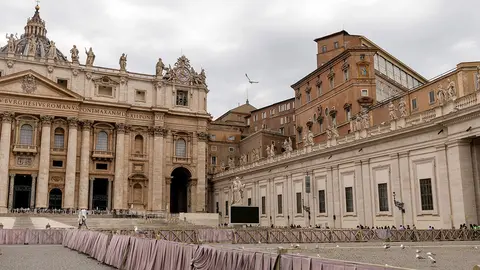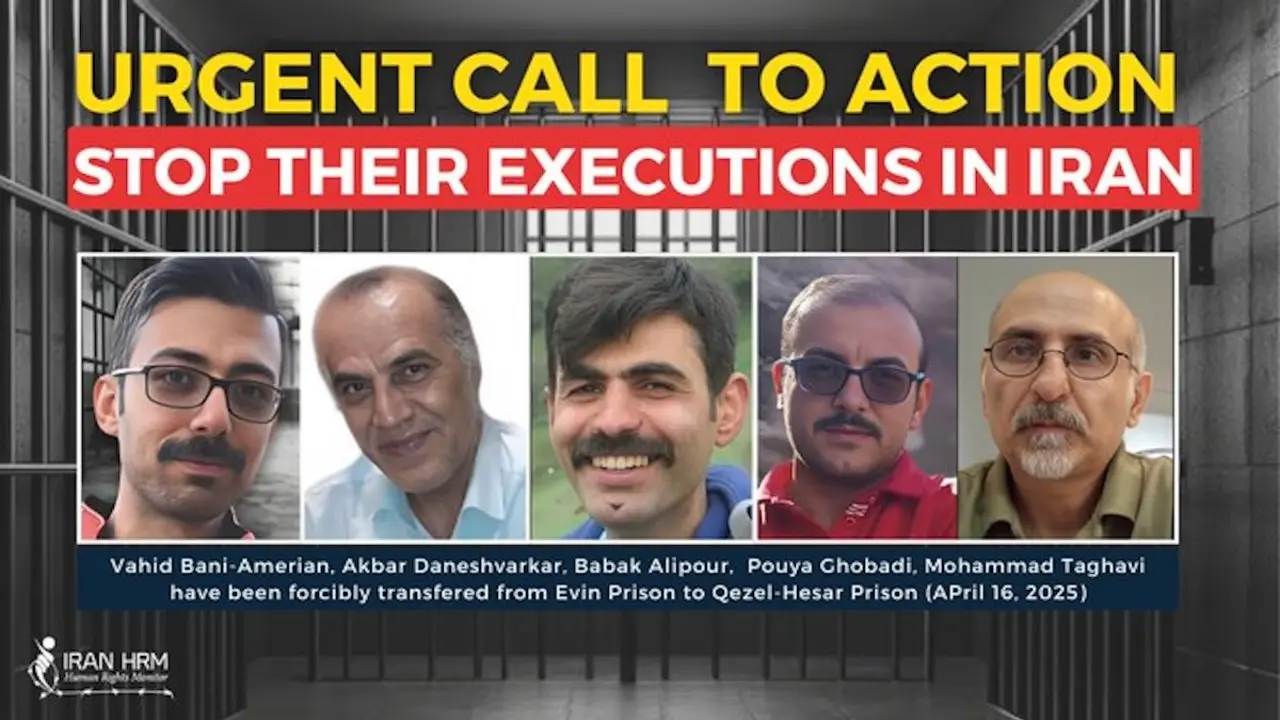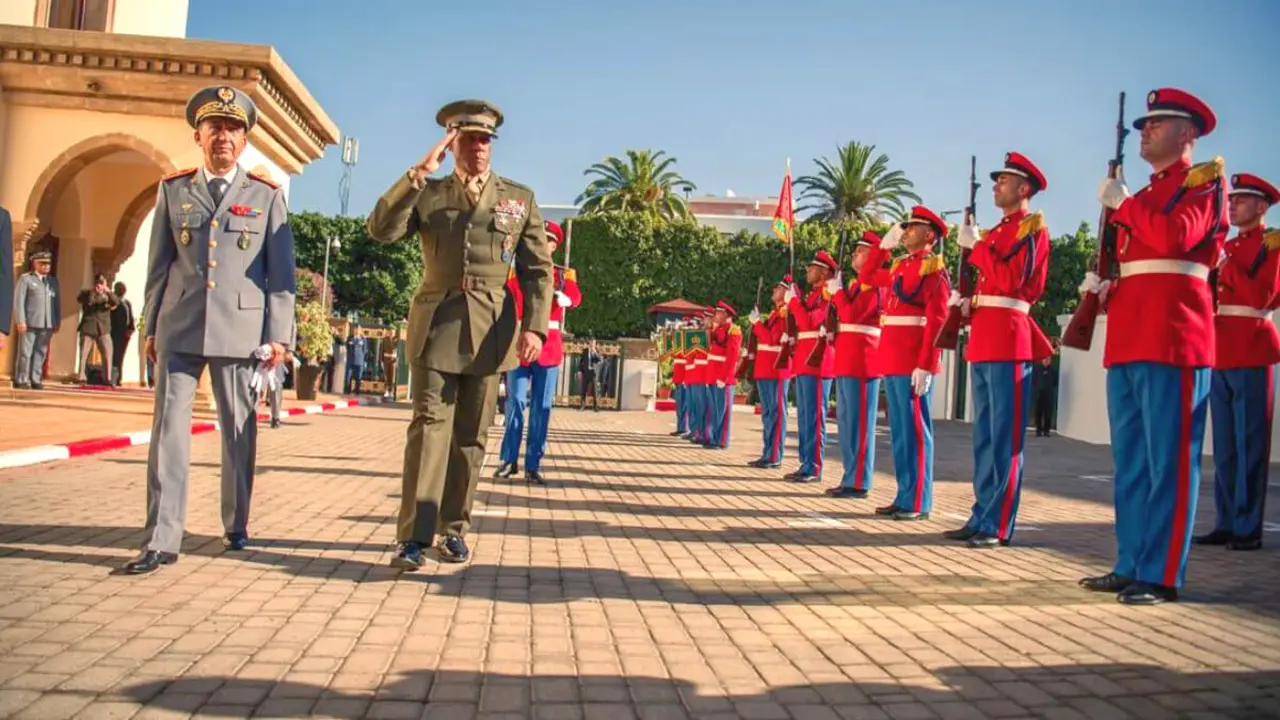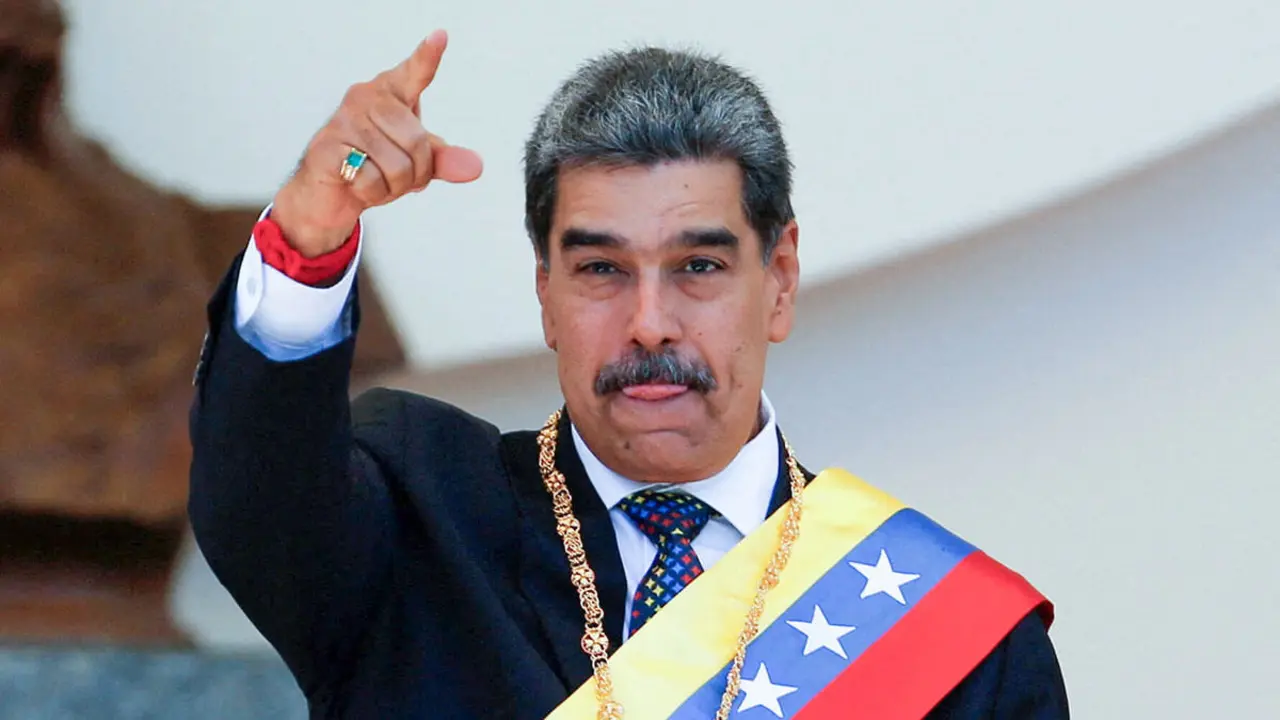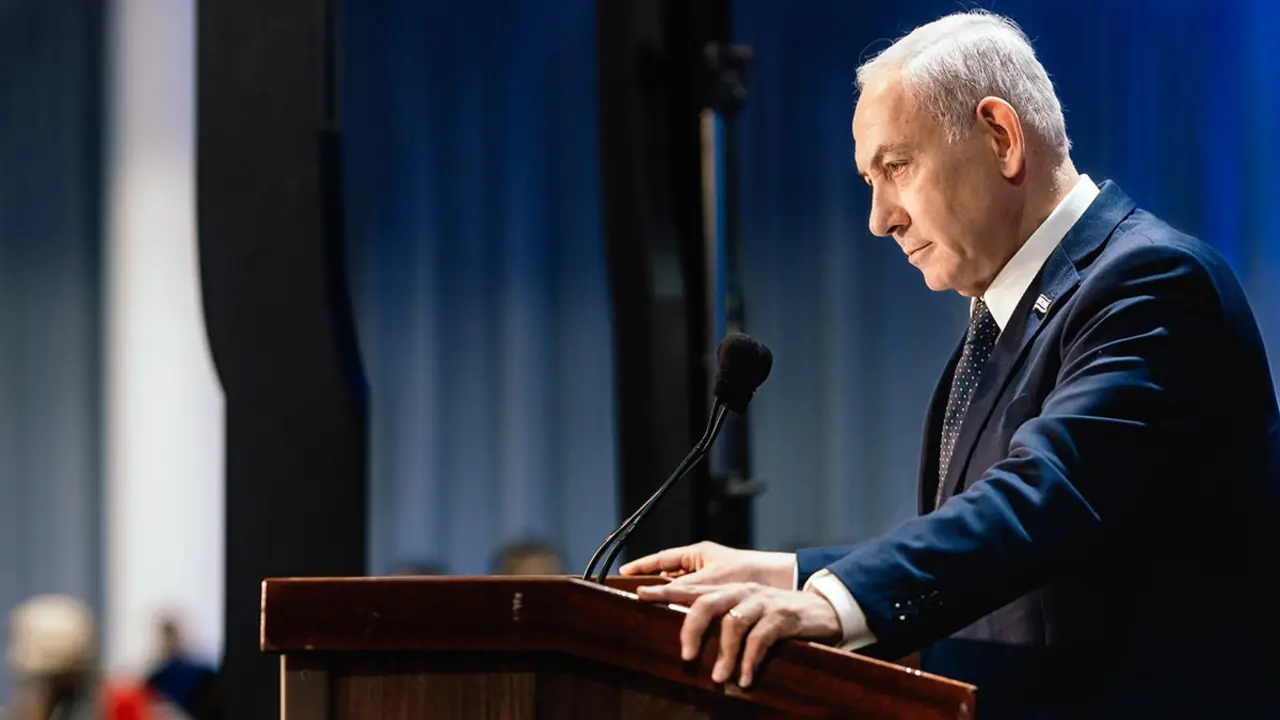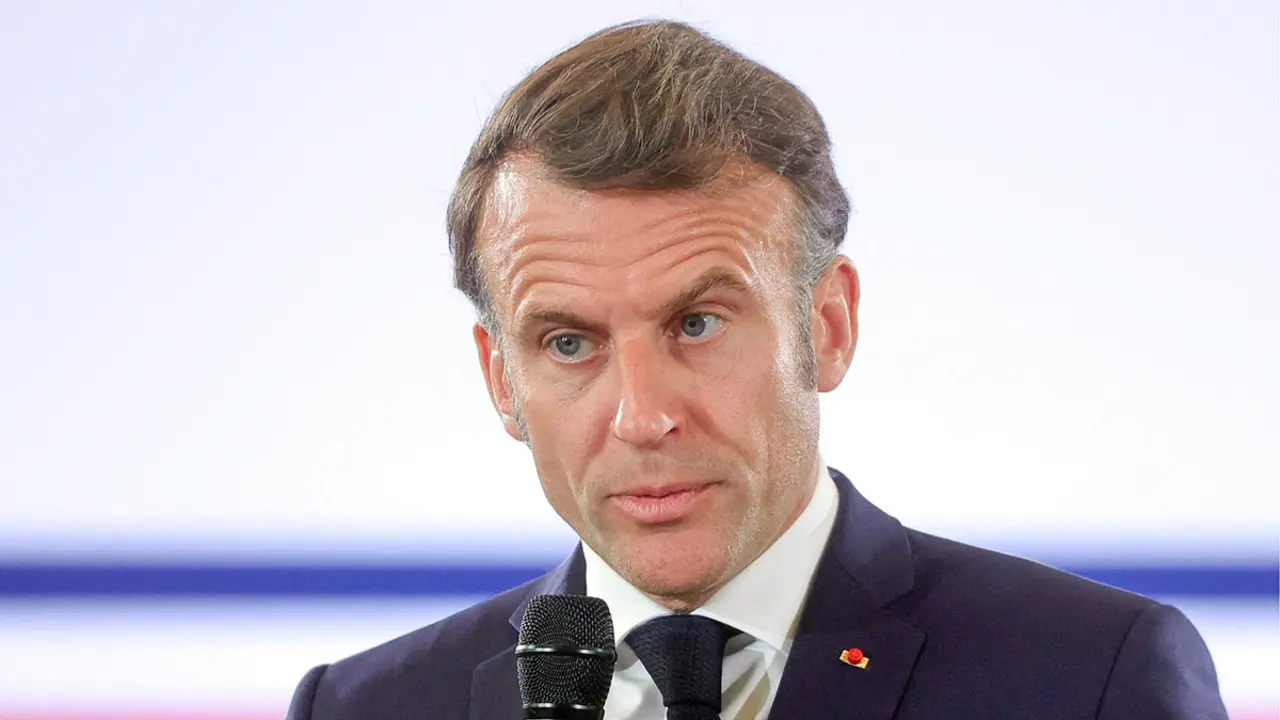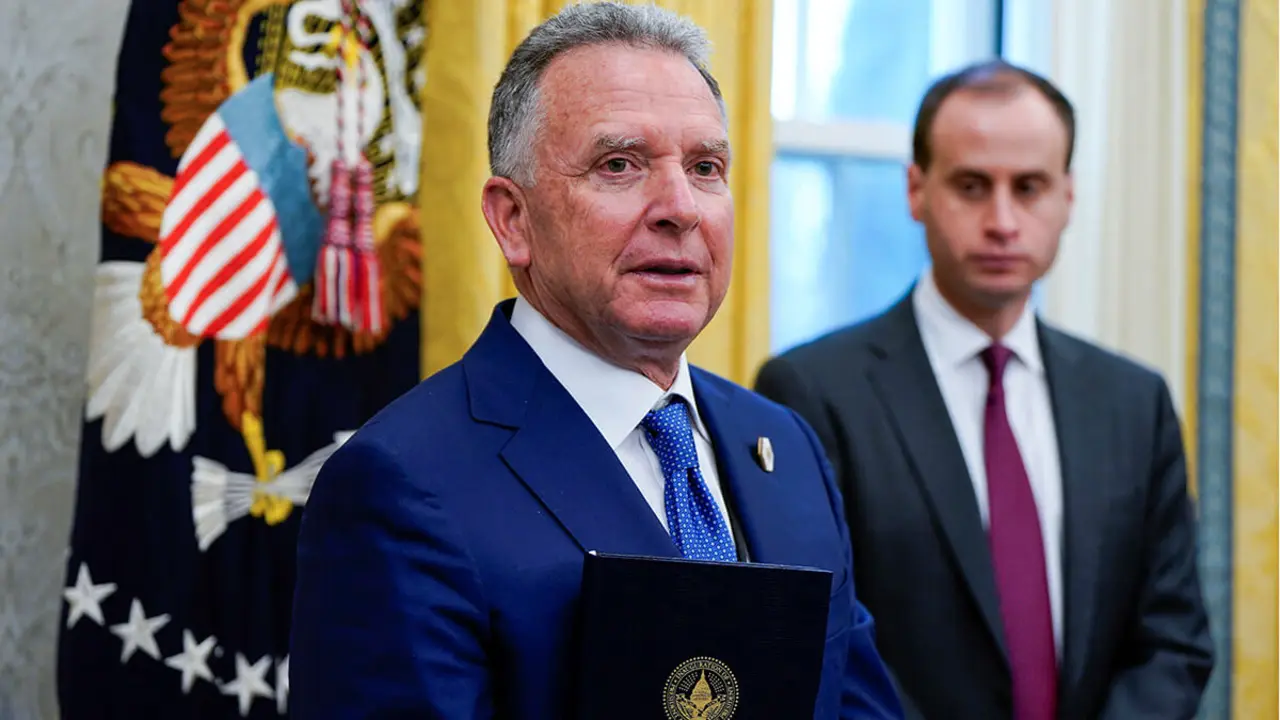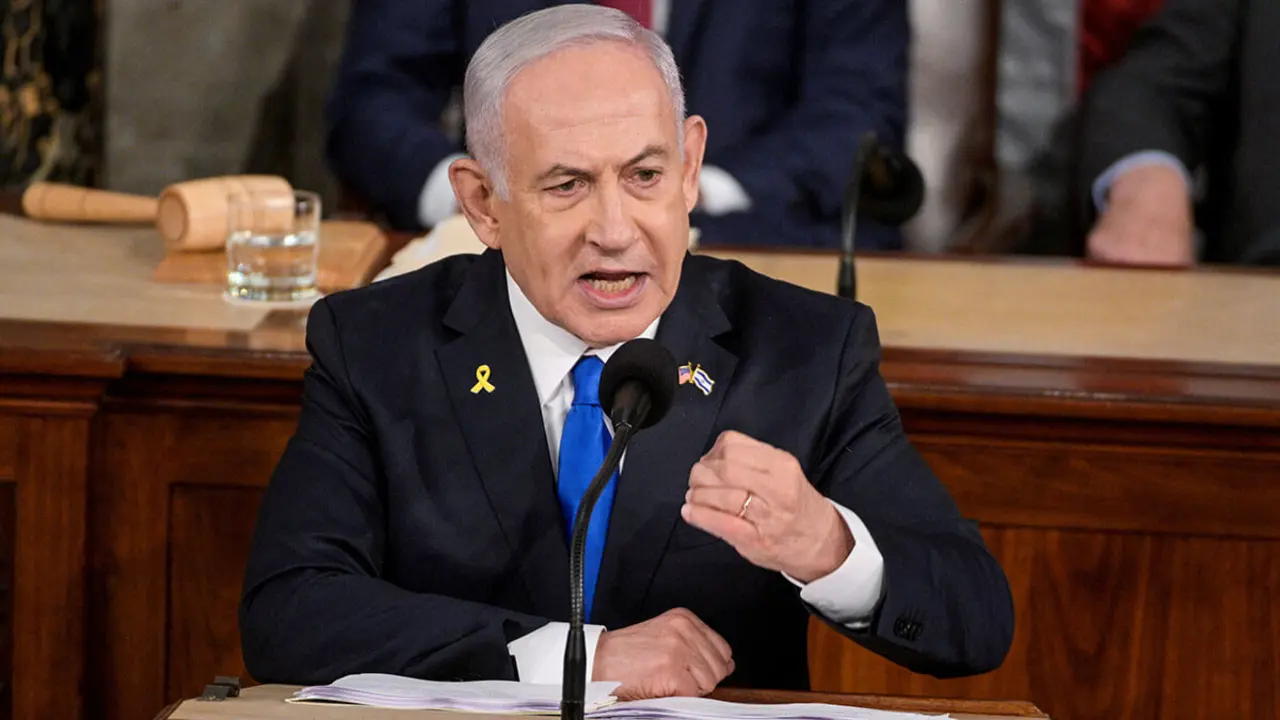The election of the new Pope is here
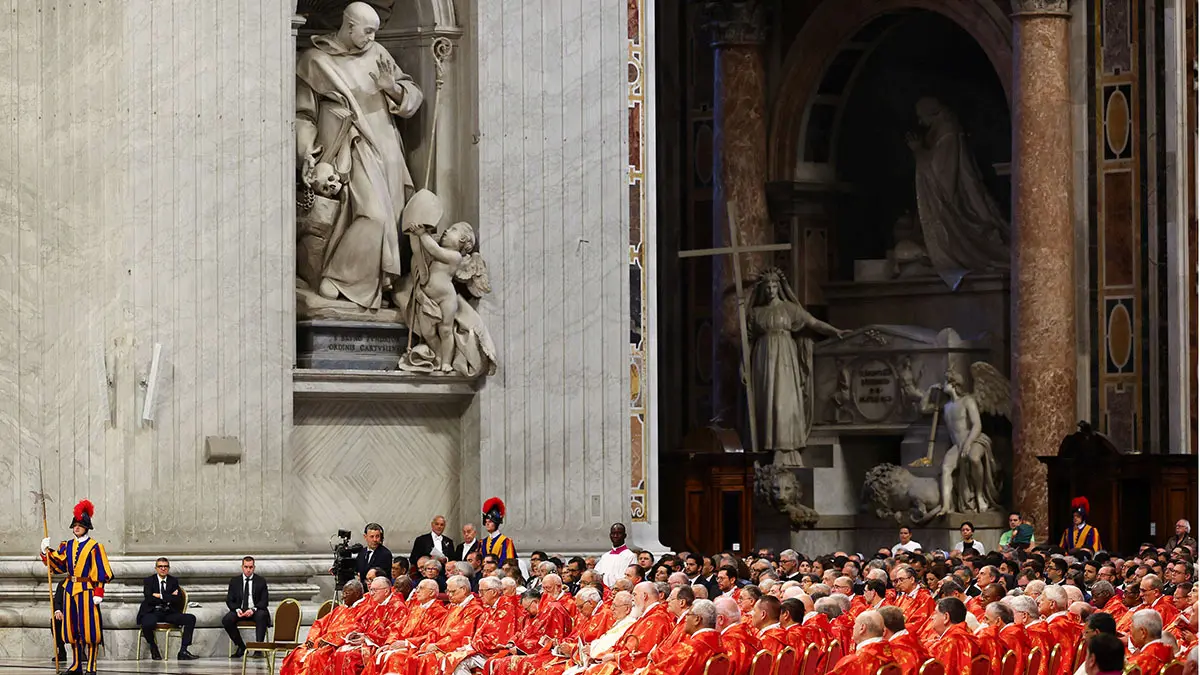
This Wednesday, the process began for the conclave to select the replacement for the late Pope Francis I.
133 cardinals are meeting to select the new Supreme Pontiff in a vote that will take place in St. Peter's Basilica in the Vatican, more specifically in the Sistine Chapel.
The necessary votes will be held until a name is obtained that is supported by a two-thirds majority of the voting cardinals in order to elect the 267th Pope in history.
The three favourites include Cardinals Robert Sarah, Luis Antonio Tagle and Pietro Parolin.
Robert Sarah, a 79-year-old Guinean, is an African cardinal known for his close ties to the traditionalist wing of the Catholic Church and his strong presence in the media and on social networks. If selected, he would be the first African Pope since Gelasius I in the 5th century.
After his ecclesiastical training, he became the world's youngest bishop in 1979 after being appointed archbishop of Conakry at the age of 34. He has always followed a line closely tied to traditional ecclesiastical principles, rejecting terms such as abortion and Islamism.
Meanwhile, Luis Antonio Tagle, a 68-year-old Filipino cardinal from Manila and heir to the Spanish Catholic tradition following the colonisation of the Philippines by Spain, is another of the most likely candidates to become the new Pope.
He would be the first Asian Pope. He was appointed Archbishop of Manila in 2011 after his ecclesiastical training and later Cardinal in 2012. Unlike Robert Sarah, he is seen as a more open-minded, unconventional cardinal with a great naturalness and closeness to the people.
For his part, Pietro Parolin is the closest to the Roman institution itself and was the cardinal closest to the late Pope Francis I.
The 70-year-old Italian is considered responsible for the Vatican's international policy, with great influence in various Latin American countries such as Venezuela and Mexico and with a more open mindset than the more traditional sectors of the Catholic Church.
The conclave to elect the successor to the late Pope Francis began with a mass attended by the 133 cardinal electors before they withdrew to the Sistine Chapel to begin voting. When the cardinals are locked in the Sistine Chapel, voting will begin in a secret meeting in which there will be important political manoeuvring to see where the political and ideological direction of the Vatican is heading.
Pope Francis I was characterised by a more open and left-wing policy, close to the progressivism that is permitted within the limits of belief and dogma of the Catholic Church.
The various currents existing among the cardinals will clash and the bias of the visible head of the Vatican will be decided through the figure of the new Pope who is elected.
The majority of the cardinals, 108, were selected by Pope Francis I, so there may be a majority of the progressive tendency followed by the previous Supreme Pontiff, although this will be seen in the final result.
This Wednesday there will be a couple of votes in the afternoon and on the remaining days of the conclave there will be votes in the mornings and afternoons, two in the morning and two in the afternoon, until the necessary majority of votes is reached to elect the new Pope.
The famous chimney of St. Peter's Basilica will reveal the characteristic smoke that indicates the result of the election. If black smoke emerges, it means that the necessary quorum has not been reached to elect the new Supreme Pontiff. Meanwhile, if white smoke emerges, it will indicate that there is a new Pope and his announcement and appointment will proceed, followed by a public appearance greeting the crowd from the balcony.

